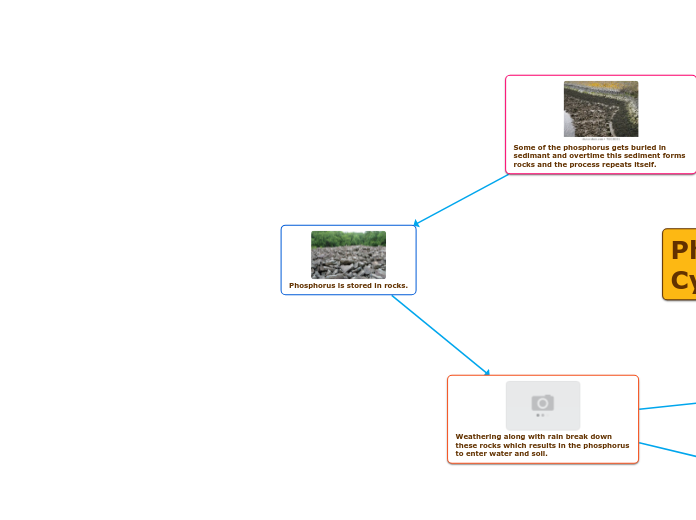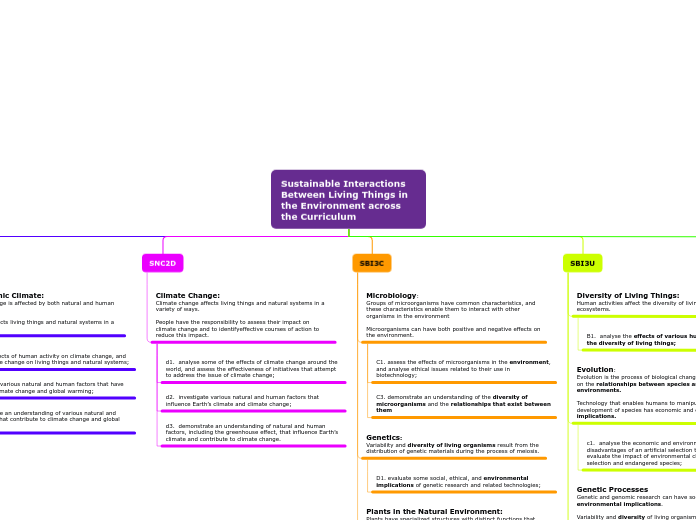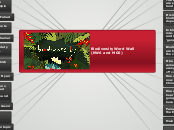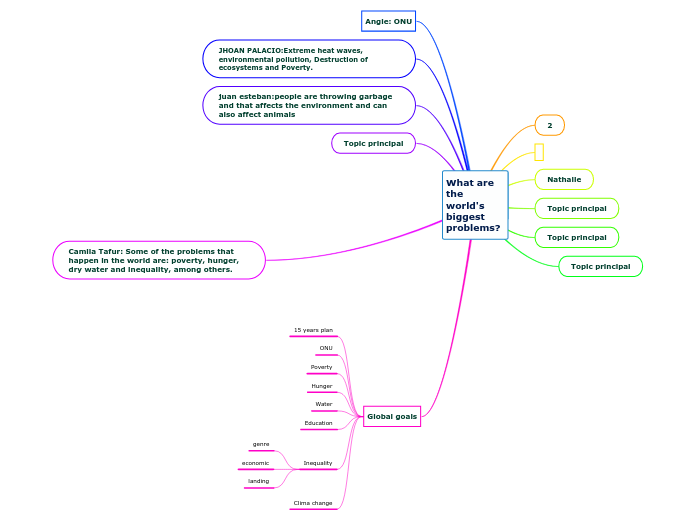по Harvey D Bergstrom 4 лет назад
540
Phosphorus is stored in rocks.
Eutrophication, primarily driven by an excess of nutrients like phosphorus and nitrogen, poses significant environmental challenges. This phenomenon is often exacerbated by agricultural runoff, where fertilizers rich in these nutrients enter water bodies, promoting excessive plant and algae growth.









